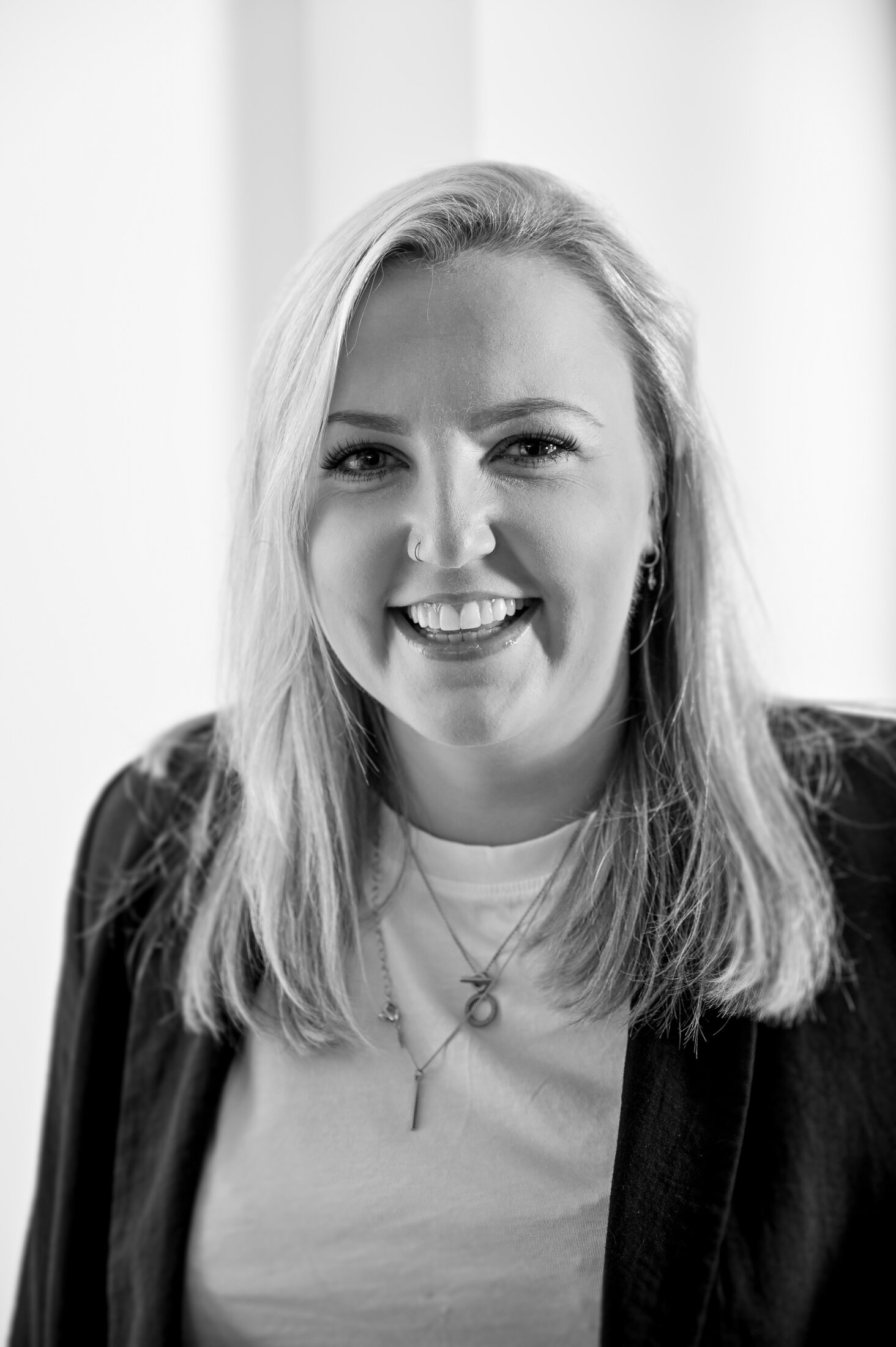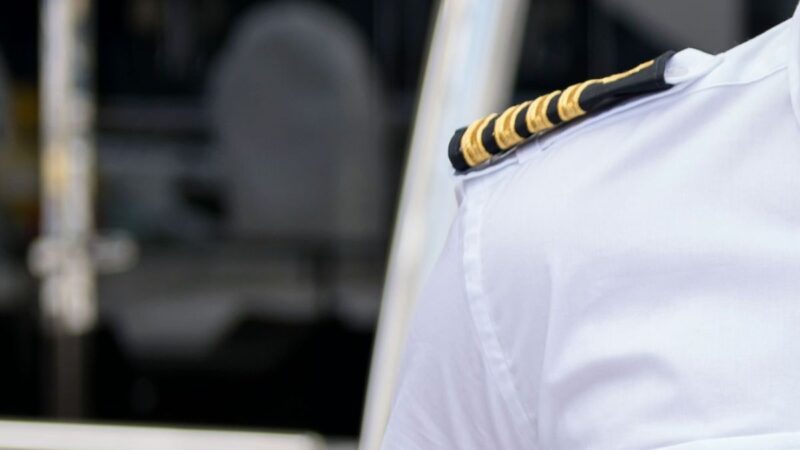We recently caught up with some of our superyacht Chief Engineer candidates for a quick Q&A on the most significant technological advancements of late, and what they feel are the most promising developments on the horizon.
What are some of the most significant technological advancements you’ve witnessed in superyacht engineering in recent years?
- “A ship which is capable of operating on hydrogen which is consumed in fuel cells. The hydrogen is stored in a cryogenic tank at -253oC. An incredible challenge in dealing with bunkering operations, tank pressure management, consumption, and safety being on another level to a conventional yacht. But to be able to say it can operate emission-free is a game changer.”
- “Hydrogen fuel cells, which was the topic of my final dissertation. I would love to be a part of it, have thought of doing a year back on cruises to experience it.”
- “HVAC systems, control and monitoring, sewage treatment plants, catalysers and Freon gas exchanges. There is also now more emphasis on shore power and smooth transitions.
- “Hybrid propulsion systems with large battery banks allowing for silent running.”
In your opinion, what are the most promising emerging technologies that have the potential to revolutionise superyacht engineering?
- “Alternative fuel sources, harnessing the free fuels, wind, current and solar.”
- “Cleaner shore power and distribution within the vessel, with all the new technologies that allow less power to be drawn.”
- “Remote access to systems in order to find and rectify faults. Installing equipment which comply with the latest regulations, like sewage treatment plants, generators and main engines that comply with SOx and NOx emissions.”
- “The shift from diesel to methane, and more advanced battery systems.”
With the increasing integration of digital systems and automation in marine engineering, what are some key challenges you face in maintaining the balance between technological innovation and ensuring reliability and safety at sea?
- “More and more specialist shoreside support is required when things do not go according to plan. The complexity of some systems requires in-depth knowledge but also someone who is willing to ask for help.”
- “Increasing engineering knowledge, not allowing yourself to become extinct as an engineer or complacent. You can always be replaced.”
- “Trying to integrate new technology into an old boat (25 years) is quite challenging and you are very limited in what you can actually accomplish. Projects can be quite costly and not all owners are keen to spend.”
- “The constant need for remote login access while at sea and possibly without internet can be a challenge. The need for subscriptions to software that allow operator level access to machinery settings is increasing too.”
What strategies do you employ to stay updated on the latest advancements in marine technology and regulations, and how do you incorporate this knowledge into your day-to-day responsibilities to maintain compliance and enhance operational efficiency?
- “I try and attend trade fares, summits, webinars and training courses as well as reading the latest journals in fields that will make a break into the maritime industry.”
- “I regularly go back to my commercial routes and look at what we would be doing to continue to stay up to date with international regulations.”
- “Mainly from sources online. Looking at what is being fitted on new builds. Talking to manufacturers and trying to keep up with equipment upgrades. Installing new and up-to-date equipment when original equipment has come to its end of use.”
- “Keep doing new builds, read all the IMO, Lloyds and Cayman publications. Watch what the shipping world is doing.”
If you’d like to share your superyacht Chief Engineer expertise, we’d be delighted to interview you. Please email marketing@quaycrew.com.





